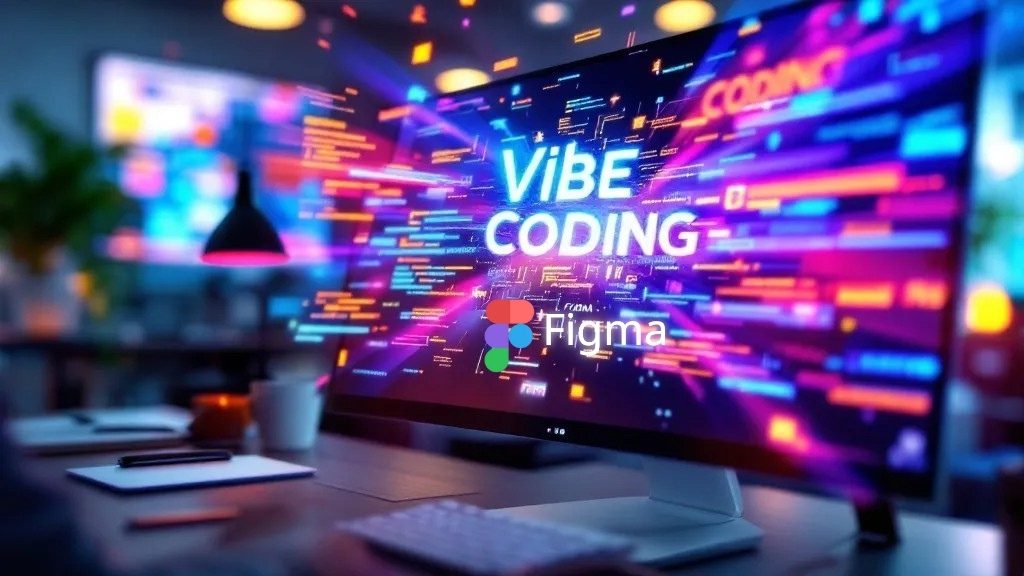In a significant development for the design technology sector, Figma has unveiled its latest innovation, Figma Make, an AI-powered tool featuring “vibe-coding” capabilities. The premium-only software launch marks Figma’s strategic entry into AI-assisted design-to-code solutions, specifically targeting professional users and enterprise clients.
Transforming Design Workflows with AI Innovation
Figma Make represents a breakthrough in design technology, leveraging artificial intelligence to transform static designs into functional prototypes. This innovative approach streamlines the traditionally complex process of converting designs into working applications, significantly enhancing collaboration between designers and developers.
The new tool is part of a comprehensive suite that includes Figma Sites and Figma Buzz, establishing a robust ecosystem for design-to-development workflows. This integrated approach enables designers to efficiently create applications, animations, and games whilst utilising AI for rapid prototyping and iteration.
Understanding Vibe-Coding Technology
At the heart of Figma Make lies the revolutionary vibe-coding technology, an AI-driven system that automates significant portions of the coding process. This innovative approach allows designers to maintain focus on creative aspects whilst the AI handles technical implementation, creating a more intuitive and streamlined design experience.
Professional Focus and Market Strategy
Figma’s decision to launch without a free tier signals a clear focus on professional users and enterprise clients. This strategic move positions the company to serve organisations requiring advanced design capabilities and willing to invest in premium tools for enhanced productivity.
Impact on Design Community
The introduction of Figma Make is poised to significantly influence the design and development landscape. By bridging the traditional gap between design and development, the tool promises to enhance team collaboration and workflow efficiency. However, the premium-only approach may present accessibility challenges for smaller organisations and independent designers.
Industry Implications and Future Outlook
The launch of Figma Make reflects a broader industry trend towards AI integration in creative workflows. As the technology sector continues to evolve, Figma’s investment in AI-powered tools positions the company at the forefront of design technology innovation.
Looking ahead, Figma’s AI capabilities are expected to play a pivotal role in shaping future design methodologies. The company’s challenge will be maintaining a balance between technological advancement and user accessibility, particularly as AI continues to transform the creative industry.
Source: CNBC









